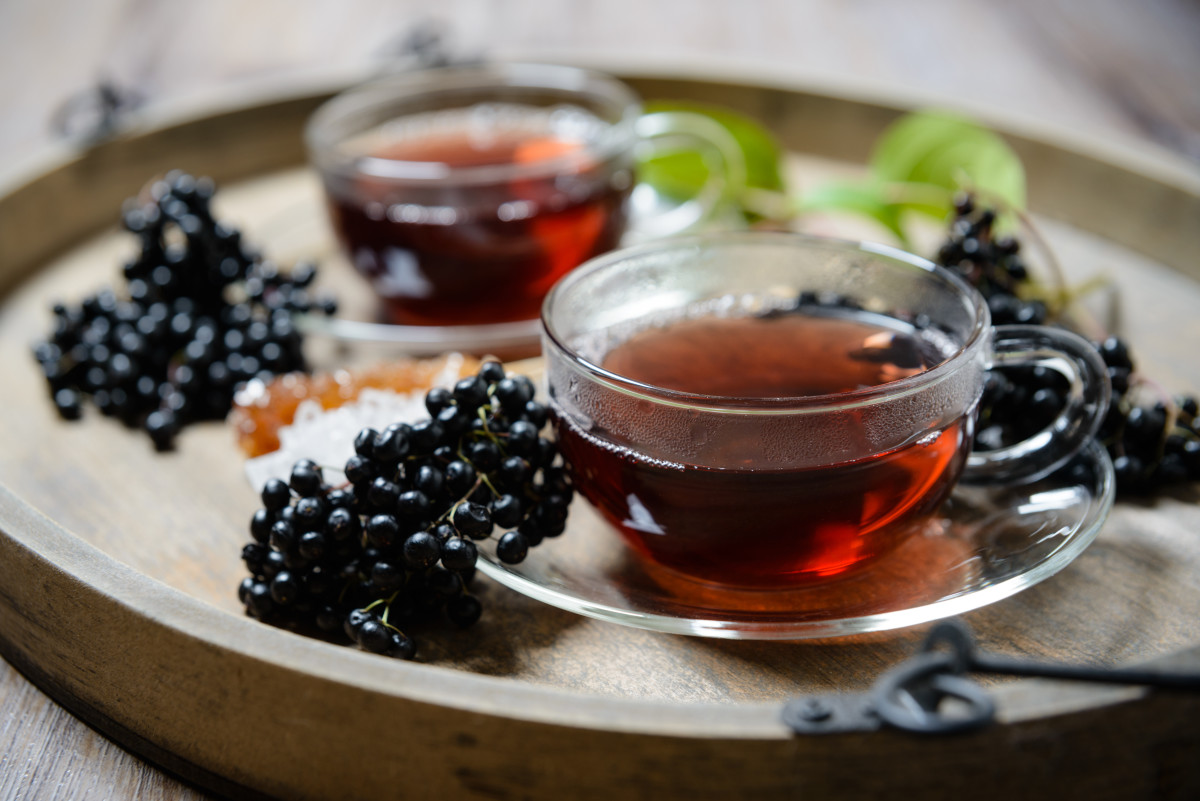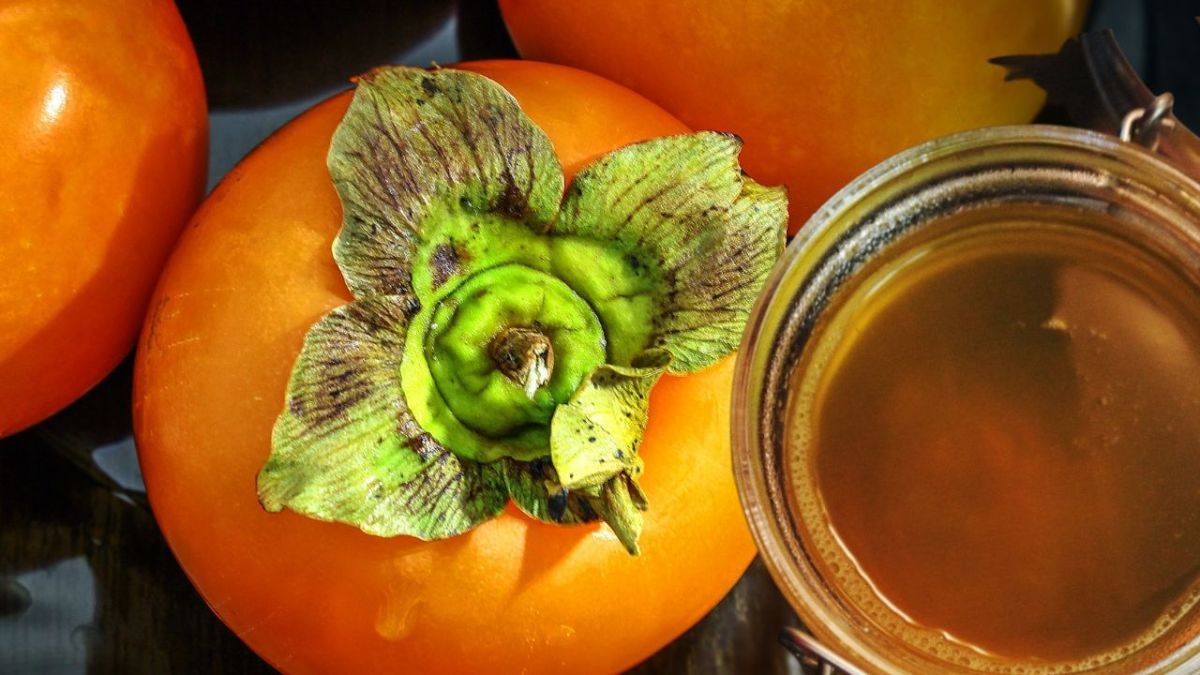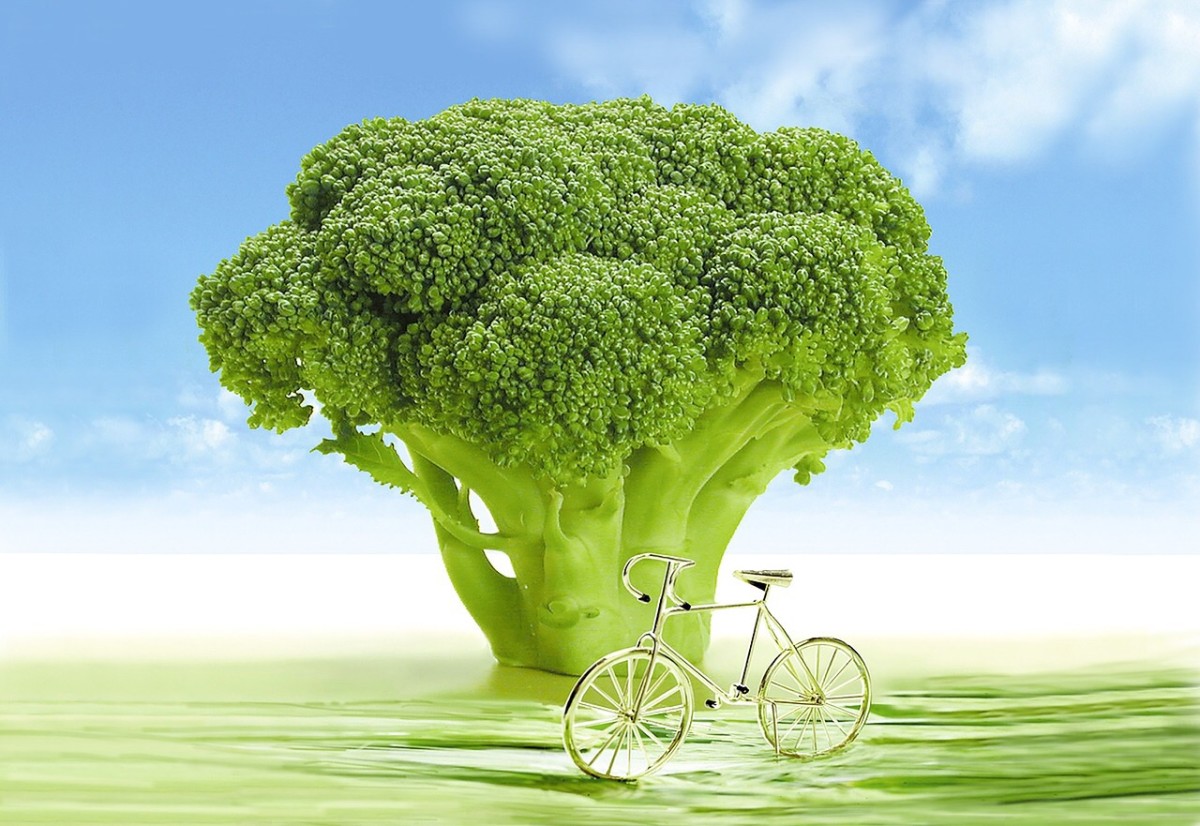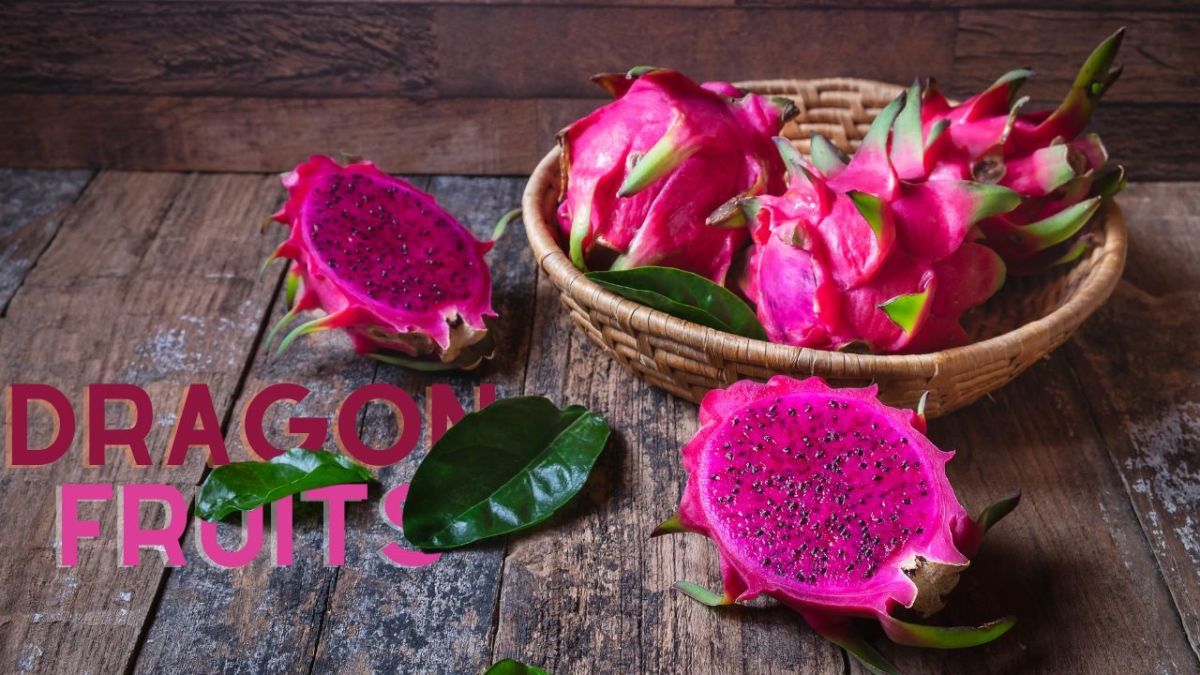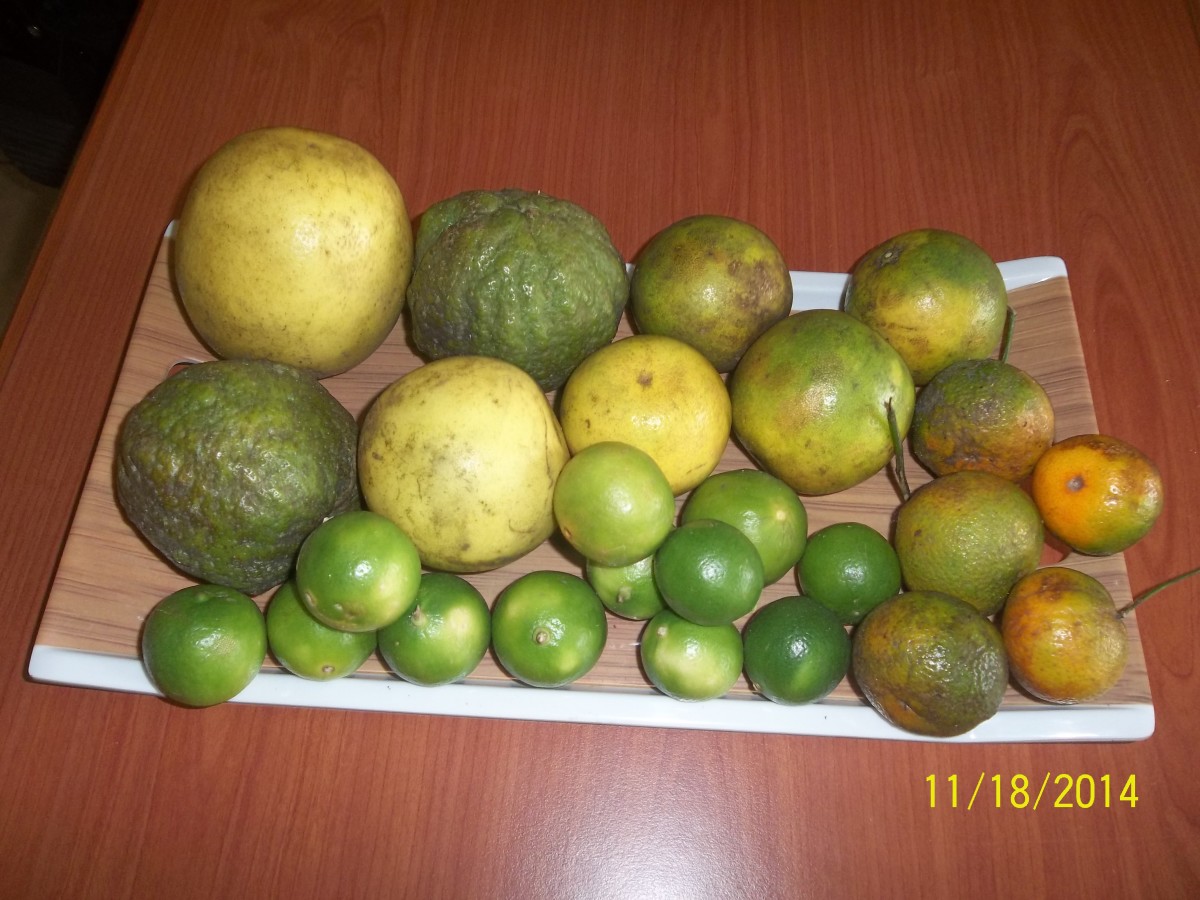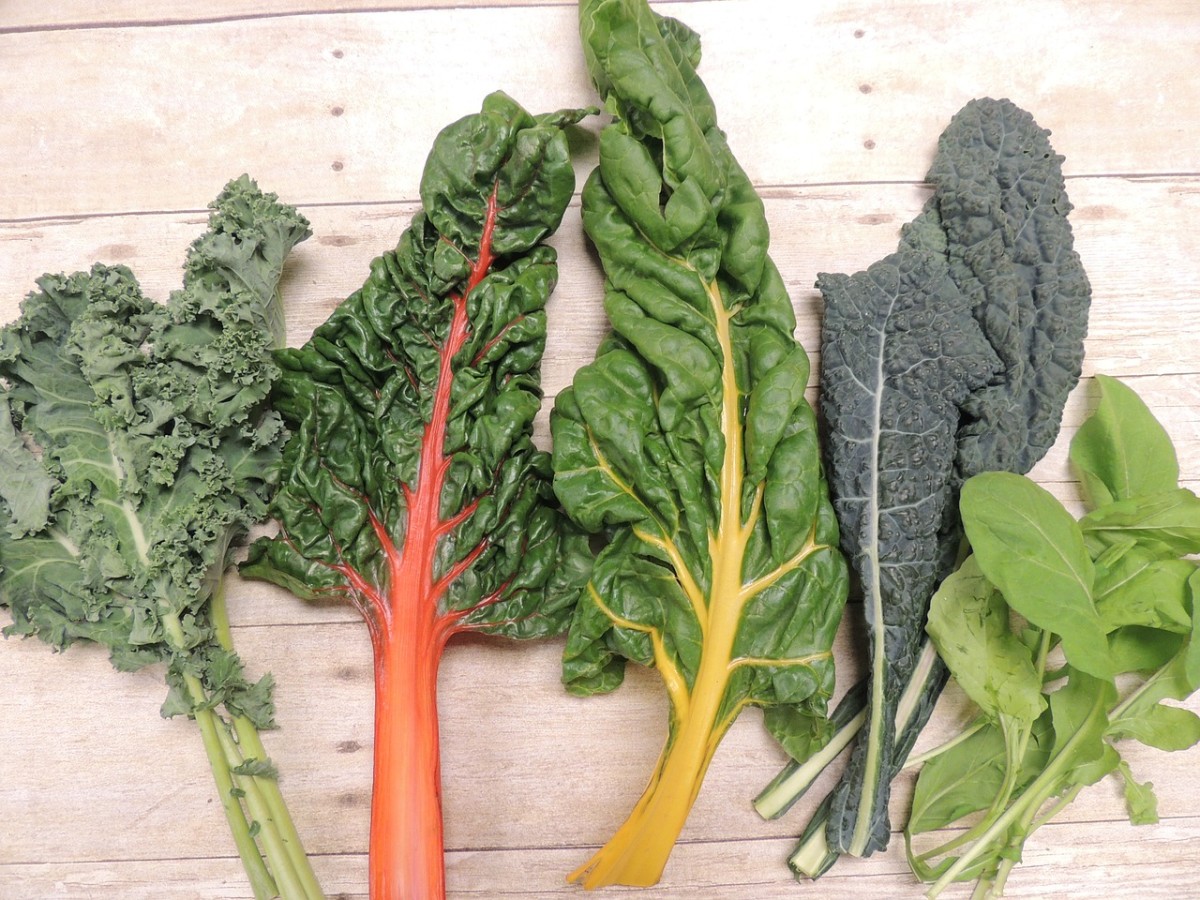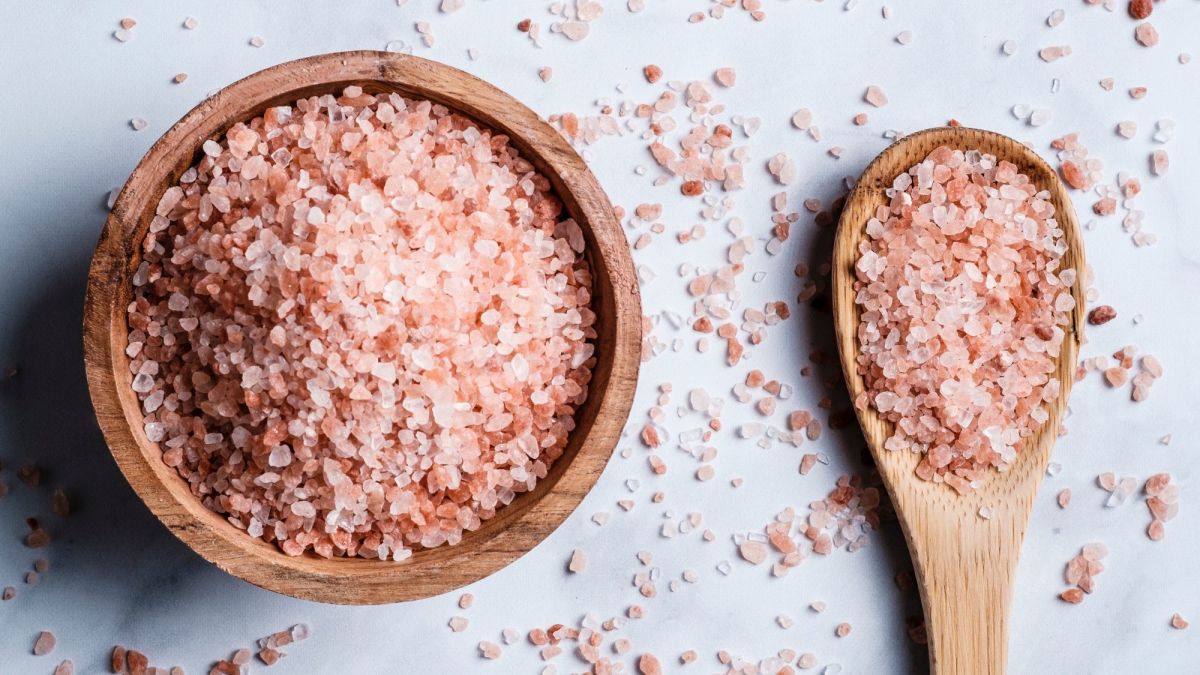The Health Benefits Of Kombucha & How To Start Brewing
Just Pennies Per Serving
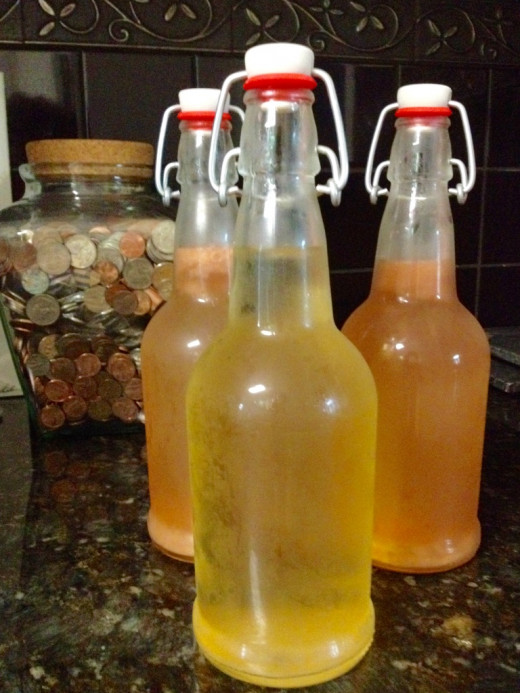
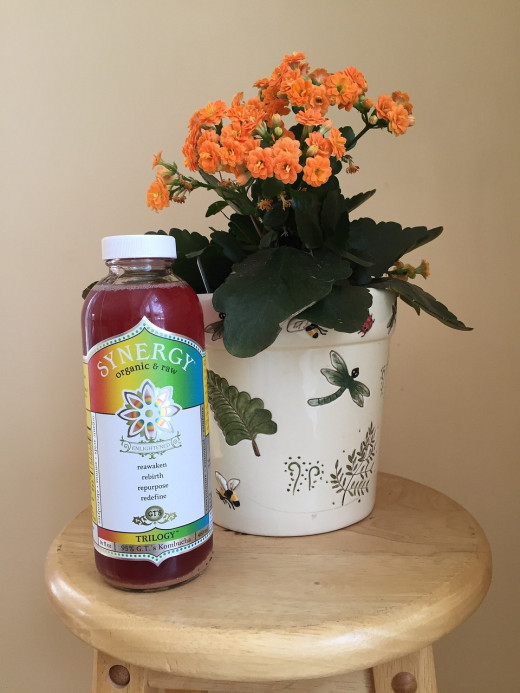
A Little Kombucha History
Mankind has benefitted from the natural fermentation of foods for millenniums. The art of crafting fermented tea, once called the tea of immortality, can be traced back to ancient China. It spread throughout Asia, and is called by various names, chájūn in Chinese, hongchabeoseotcha in Korean, and kōcha-kinoko in Japanese.
There is no exact record of how the beverage came to Russia, but sometime before the beginning of the 20th century, a naturally fermented tea called chaynyy grib made its appearance. From there, it spread across the rest of the European continent.
By the time the fermented tea jumped the Atlantic to the United States, it was called kombucha in English. It wasn't until the 1990's that kombucha became popular among health food enthusiasts in the United States. There were no commercial manufacturers, so kombucha was crafted in kitchens across the nation.
It took about a decade for commercial breweries to spring up, and by 2009, kombucha sales had reached $150 million. Shortly after this boom, the federal government began testing kombucha products and investigating kombucha breweries.
The question was, should kombucha be sold as a non-alcoholic beverage, or taxed and regulated as a spirit? Each batch of kombucha is slightly unique and its alcohol content can nudge over the one half of one percent, legally requiring it to be labeled as an alcoholic beverage. Pasteurization was suggested to regulate the alcohol content, but heat destroys the probiotic essence of kombucha. As a result of the federal inquiry, several small kombucha businesses closed their doors.
A few kombucha producers persevered and have managed to bring a product to the US market that is both nutritious and non-alcoholic. Thanks to their dedication, you can now purchase kombucha in most groceries stores that carry natural and organic products.
The Health Benefits of Kombucha
The first major health benefit of Kombucha is that it is a great source of probiotics. Kombucha is the result of a symbiotic colony of beneficial bacteria and yeast. The microorganisms involved in breaking down the sugar in the tea, are the same microorganisms needed to maintain a healthy digestive system. So every serving of kombucha introduces more beneficial microorganisms to the gut.
Kombucha also contains glucosamine, a dietary supplement often used to alleviate joint pain. Glucosamine, a monosaccharide, is a great source of energy.
Gluconic acid is another byproduct of the microorganisms activity in kombucha. Gluconic acid is helpful in detoxification, as well as another good source of energy.
There is less caffeine in kombucha than in regular black tea. On average, kombucha conatins 1/3 -1/2 the caffeine of a traditionally brewed serving of tea. However, that bit of caffeine along with the glucosamine and gluconic acid found in kombucha are wonderful to provide an energy pick up. This makes kombucha a great natural alternative to commercial energy drinks.
Four Great Health Benefits Of Kombucha
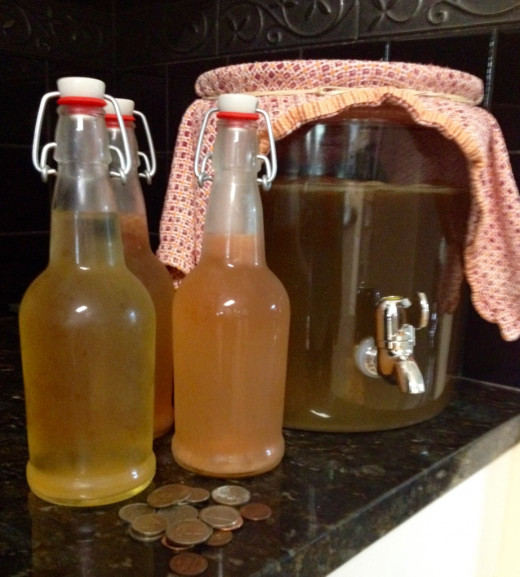
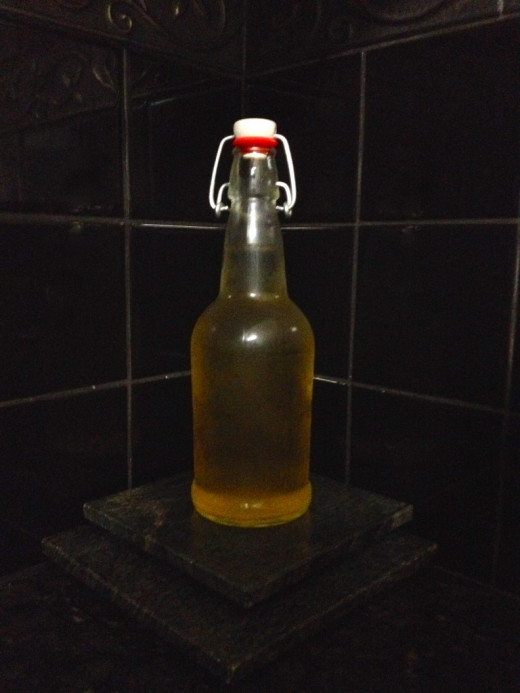
Kombucha Brewing Basics
Commercially produced kombucha can be pricey, with the average 16 oz. bottle selling for approximately $4.00. Conversely, for the cost of 8 teabags and a cup of sugar, you can brew a whole gallon of kombucha at home.
Of course, you will also need a SCOBY (symbiotic colony of bacteria & yeast). Some people call this a "mother", as it reproduces the necessary probiotics, or a "mushroom", based on its appearance, not its ingredients. If you know someone who is already brewing kombucha, they will more than likely be happy to share some of their SCOBY with you.
If you are the first one on your block to get started, you can purchase a SCOBY online. Often times, you can purchase a SCOBY in conjunction with some starter liquid (active kombucha). You need at least one cup of active liquid per one gallon of sweetened tea to ensure that your brew is acidic enough to ward of harmful bacteria and mold.
Some people have had success using a 16 oz. bottle of commercial kombucha as their starter. It is best to use a non-flavored kombucha. Because the SCOBY is underdeveloped in the purchased kombucha, the initial time to ferment your brew may take longer and you should start with only one or two quarts of sweetened tea.
You need to be sure to start with a glass container with a wide opening. You want an opening large enough to allow you to remove the SCOBY when needed. Be sure to sanitize your container to help ensure that the only microbes growing in your kombucha are the beneficial ones introduced by the SCOBY.
Basic Brewing Method
- Steep 8 tea bags in one gallon of water.
- While the tea is still hot, dissolve on cup of sugar into the tea.
- Allow the tea bags to remain until the tea has cooled to room temperature.
- If using a gallon sized container, remove one cup of tea to allow room for starter liquid.
- Add starter liquid and gently stir with a wooden spoon.
- Add the SCOBY to the mixture, but do not stir.
- Cover with a coffee filter, cheese cloth, or dish towel.
- Secure the cover with a rubber band.
- Allow the mixture to sit undisturbed at room temperature away from direct sunlight for 1-4 weeks, depending on how strong you prefer your kombucha.
Do not place a lid on your kombucha container. The microorganisms need oxygen and they release carbon dioxide, therefore, the kombucha requires air exchange to remain healthy.
To brew a smaller amount, simply adjust the amount of tea, water and sugar. You can use a half-gallon pitcher or a quart sized mason jar if you want do not want a larger quantity of kombucha at a time.
Continuous Brewing Container
Setting Up A Continuous Brewing System
If you and your family love kombucha and drink it every day, then a continuous brewing system will ensure that you have kombucha for one and all.
To set up a continuous system, you will need a glass beverage dispenser, between 1-3 gallons, depending on the number of people in your family. By using a dispenser instead of a pitcher, you can regularly draw finished kombucha from the bottom and add fresh sweetened tea to the top, thus creating a continuous system. You don't have to refresh your system after each serving, but don't let it get to low before feeding your system.
If you have already begun brewing kombucha, simply place your kombucha in the large dispenser and add enough sweetened tea to mostly fill your container.
If you are just getting started, follow the basic brewing instructions above and use your dispenser as your container. Be sure to keep your ratios consistent, 8 tea bags, one cup of sugar, and one cup of starter fluid per each gallon of water used.
Be sure to secure a dish towel over the top of your dispenser and never use a lid. The SCOBY is alive and needs the exchange of air to thrive.
Place your dispenser in a place that is easy to access, but will not be disturbed or in direct sunlight.
Blackberry Ginger Kombucha
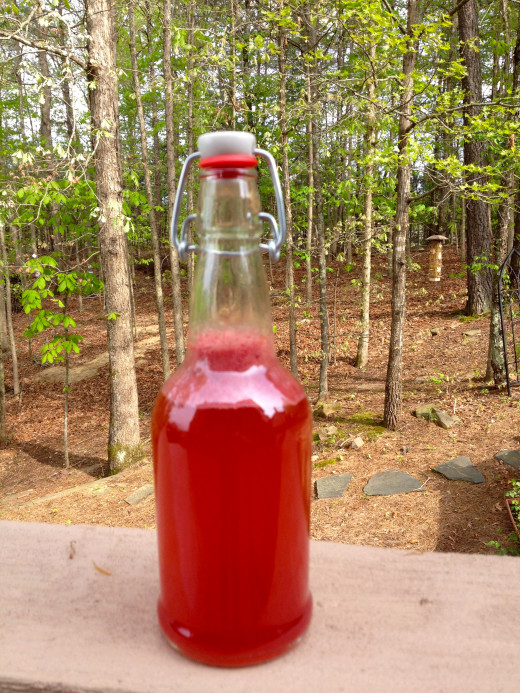
Flavoring & Second Fermentation Of Kombucha
Kombucha is a refreshing beverage as is. However, for some variety, you can flavor kombucha with fruit puree or fruit juice. To flavor your kombucha, you can simply add a splash of your favorite juice before drinking. You can also stir in fruit puree of your choosing. Want a little added protein? Add presoaked chia seeds to your beverage and give it a stir before serving. There are no rules, simply add ingredients to taste.
To create a fizzier kombucha you will need to bottle it for a second fermentation. If you like the plain flavor, then just add some sugar or honey to your bottle before pouring in the kombucha. Gently swirl the liquid to dissolve the sweetener. Add enough kombucha to fill the bottle, leaving a little bit of head room. Seal the bottle and store at room temperature out of the way of direct sunlight. The kombucha will have added fizz by the following day, but for more fizz, you can let it set for a few days. After you have achieved your desired carbonation, keep the sealed bottles of kombucha in the refrigerator until ready to serve.
You can add fresh ginger, pureed fruit, or fruit juice when bottling for a second fermentation. When using fruit juice or puree, no additional sugar is necessary. Add additional flavoring to taste, then allow your sealed bottles to sit undisturbed at room temperature away from direct sunlight until the desired amount of carbonation achieved before chilling. Store in the refrigerator for up to a week.
Bottles For Flavoring & Second Fermentation
Favorite Flavor Option
What is your favorite flavor of kombucha?
Kombucha - The Great Probiotic Energy Drink
The next time you feel like a soda, have some kombucha instead. Its naturally fizzy and much lower in sugar. Feeling like you need a boost? Ditch the energy drink and grab some kombucha. It packs a punch while delivering probiotics.
As an added bonus, instead of spending $4.00 per bottle of commercially produced kombucha, brew your own for pennies on the dollar, and share the wealth with family and friends.
Here's to your good health!



